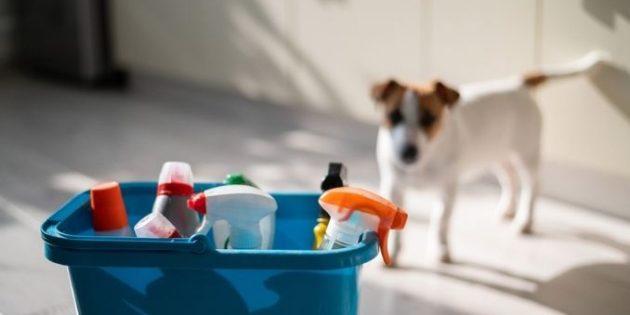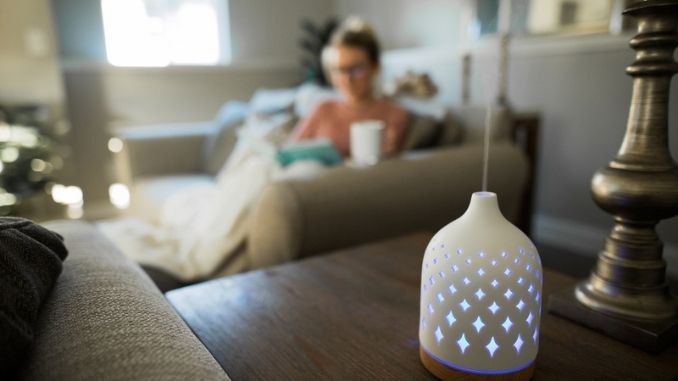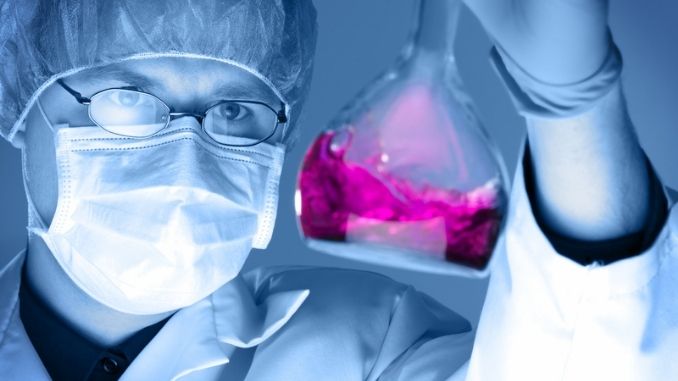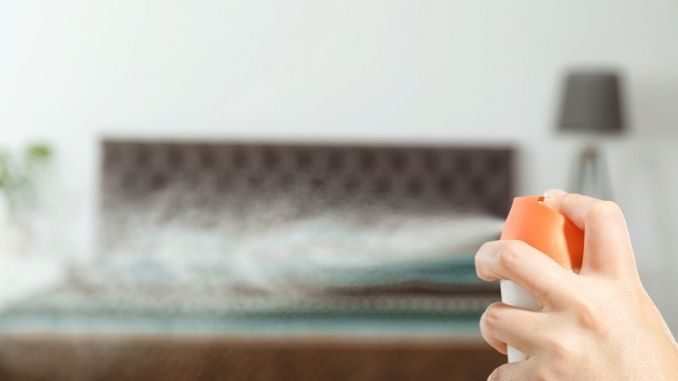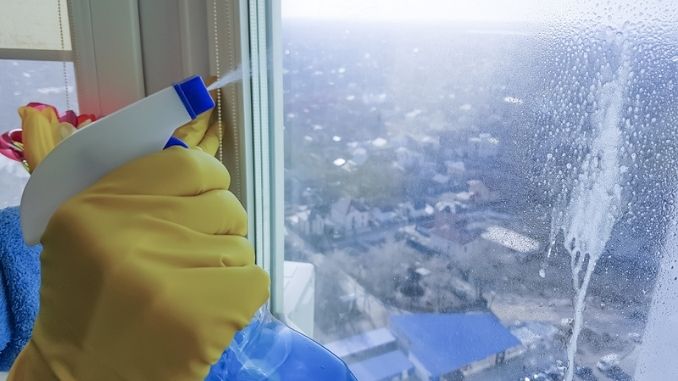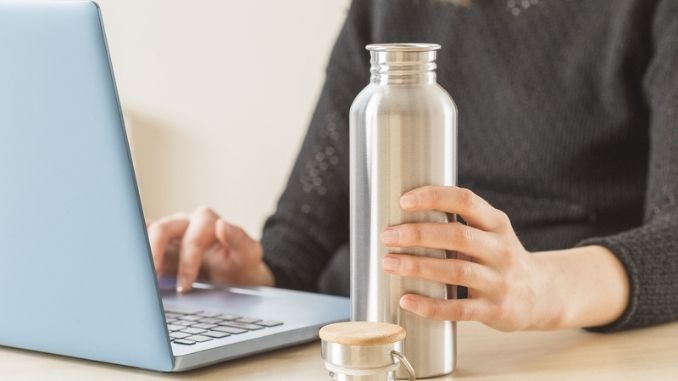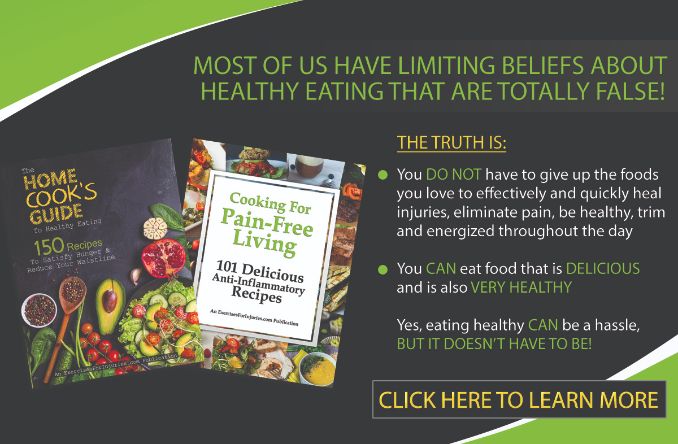There are many chemicals to avoid in your home products, especially in products that come into contact with your skin. The safety of most cosmetics and home products has improved significantly over the years, and federal guidelines have been put in place to limit or prohibit many ingredients that have been deemed harmful to humans. In Canada and the US, industry guidelines have been established for ingredient labeling, including listing any avoidable hazards such as contact with the eyes or ingesting internally. Even with these restrictions, some common chemicals in your daily household products can harm your health and wellness. Today we have shared five chemicals you should try to avoid in your home.
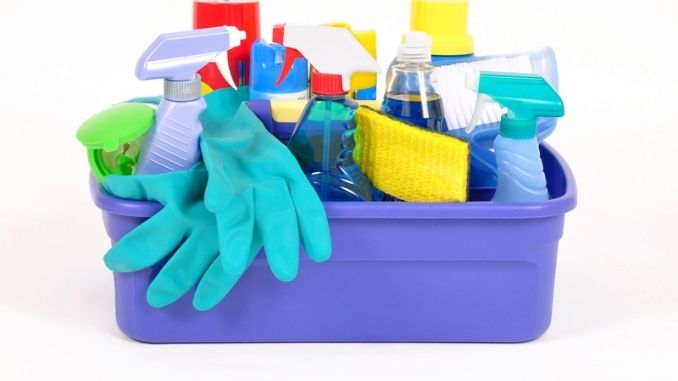
1. Fragrances
The number one ingredient to avoid is fragrances. Fragrances are found in virtually every product you use in your home, from floor cleaners to bathroom cleaners, room deodorizers, cosmetics, and perfumes. Sadly, even fragrance-free products can contain fragrance, which is crazy! It will help if you read product labels on any items you purchase and do your best to avoid or decrease fragrances or perfumes.
Fragrances are tiny particles (like plastics) that get into the skin or the respiratory tract, which can then get into the bloodstream. These chemicals are classified as carcinogens, meaning they can cause cancers, and are also hormone disruptors, which means they can interfere with your hormones. They can also be neurotoxic, leading to neuro symptoms of numbness, tingling, and tremors. You might also develop rashes, coughs, or asthma. If you like scents in your home, give essential oils a try. They are generally non-toxic and are usually well-tolerated by most people.
2. Phthalates
Another chemical everyone should avoid Phthalates, a component of fragrances. If you’re avoiding fragrances, you’ll naturally be avoiding phthalates simultaneously. Phthalates are typically used in perfumes to make their scents last longer. Sadly, they are currently not regulated, which is valid for many chemicals. This means they can be added to many different household items. Phthalates have been associated with reproductive issues and developmental problems in unborn children. You can often find phthalates in certain plastics, so when you see plastic packaging or a plastic product, there’s usually a number in the recycling or plastic symbol. You want to try and avoid plastic numbers 3, 6, and 7, as those are the resources of phthalates. Interestingly, some recent studies have found that phthalates exist in the blood of most Americans, especially women.
3. Volatile Organic Compounds (VOCs)
The third chemical you should try to avoid at home would be Volatile Organic Compounds, also known as VOCs. VOCs have been associated with asthma, cancer, liver and kidney damage, and many significant organ dysfunctions. You can find VOCs in scented petroleum-based laundry detergents, cleaners, disinfectants, air fresheners, and personal care products. It’s not currently required that VOCs are listed on labels, so they can easily be added to many of your household products. Help avoid VOCs by going fragrance-free and not using air fresheners. Instead, replace any air fresheners you might be operating with a diffuser with organic pure essential oils. Another benefit of essential oils is that they are naturally antimicrobial, killing odor-causing bacteria.
Note that not all essential oils are safe for pets, so do your research if you have pets.
4. Dyes
Different cleaning products often have dyes added to make their vibrant blue and pink. Or yellow color you are familiar with. These dyes generally don’t affect the performance of the products. Instead, they are just added for aesthetics. At what point was it decided that a blue cleaner was better than a clear cleaner? I don’t know, but it is currently the norm to dye many everyday household products. Unfortunately, these dyes can create significant health risks such as respiratory issues like asthma, skin allergies like irritations, and neurotoxicity. It takes about 25 different chemicals to make one artificial dye, so think about that the next time you look at your blue window cleaner. Try to use products that don’t contain any color.
5. Bisphenol A (BPA)
The last chemical you should avoid is Bisphenol A (BPA). Over the last few years, everyone has become more aware of the dangers of BPA. Bisphenol A used to be commonly found in water bottles and food storage containers but has now, in most cases, been replaced with other types of plastics, mostly BPS or Bisphenol S. Scarily, Bisphenol S is not shown to be better than BPA. The best option is to move towards stainless steel or glass containers. If you still drink from plastic water bottles, even the reusable kind, you’re probably exposed to BPA and BPS. The plastics industry quickly modifies and renames compounds to give the impression they are safe, but the safety data for new chemicals is pretty lacking.
Typically the standards for the chemical industry are not incredibly high, so it’s straightforward for different plastics to be rolled out without adequate testing. Because of this, be cautious when approaching plastic products, and avoid them altogether if possible. BPS and BPA are endocrine disruptors, affecting our hormones, creating hormone imbalances, and impacting hormone production. Think of all those plastic products that babies put in their mouths! A recent study found that 93% of Americans had BPA in their urine, and if it’s in the urine, it means it’s also getting into your blood.
These are the Chemicals to avoid if avoiding BPA/BPS:
Limonene, toluene, a-pinene, isoprene, methylene chloride, PERC, xylenes, methyl ethyl ketone, Trichloroethane (TCE), 1,4-dichlorobenzene, naphthalene, ethanol, formaldehyde, decane, butoxyethanol, isopentane, styrene, vinyl chloride, acetone, benzene, ethylene glycol, 1,3-butadiene, 2-butoxyethanol, heptane, butane, pentane.
Remember that BPA-free plastic products are not necessarily safe, so as much as possible, avoid plastics altogether. A good guideline is: If your products contain chemicals and fancy words you can’t pronounce and don’t know what they are, I would warn you and assume that they are probably not good for your health.
The good news is that there are many natural products that you can use to clean your home that does a good job. For example, old-school vinegar and baking soda can effectively clean products without chemical exposures, fumes, or solvents harmful to your health. Use natural dish soaps that are fragrance-free and biodegradable. Store leftovers in the fridge in ceramic or glass dishes rather than plastic. Stainless steel, glass, or non-treated wood containers are generally best.
In addition to avoiding toxic chemicals in your home, eating a healthy, anti-inflammatory diet is the best way to stay healthy. Learn more here.
